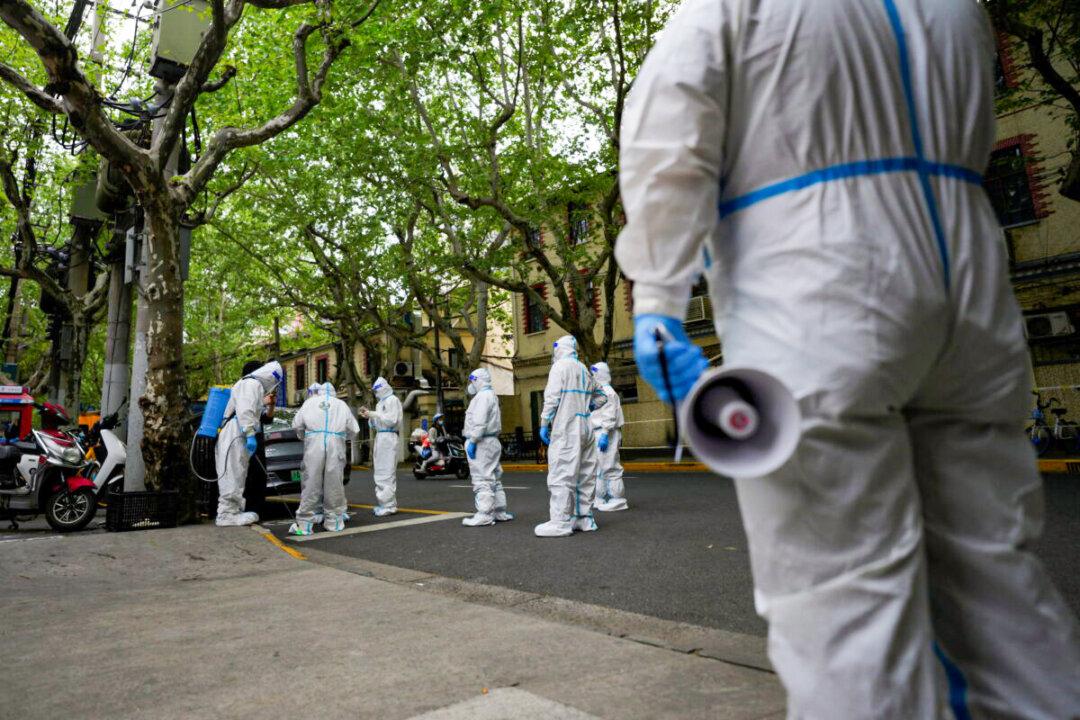BEIJING—China’s factory activity contracted at a steeper pace in April as widespread COVID-19 lockdowns halted industrial production and disrupted supply chains, raising fears of a sharp economic slowdown in the second quarter that will weigh on global growth.
The official manufacturing Purchasing Managers’ Index (PMI) fell to 47.4 in April from 49.5 in March, in a second straight month of contraction, the National Bureau of Statistics (NBS) said on April 30. That was the lowest since February 2020.





